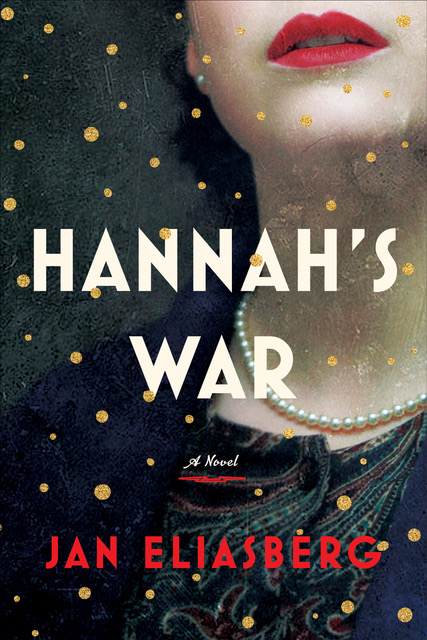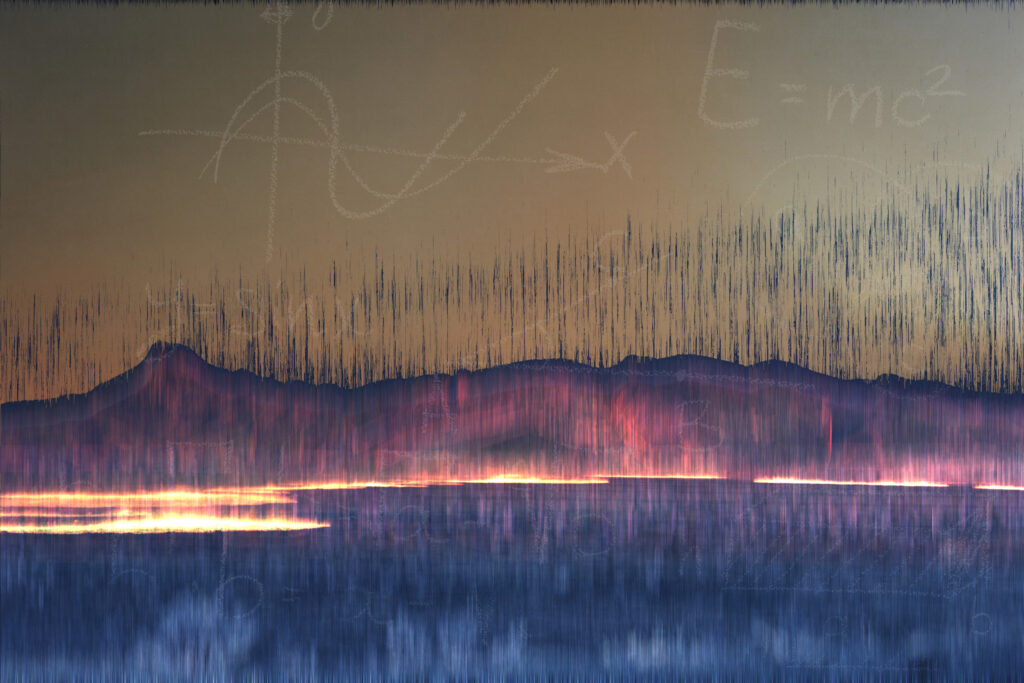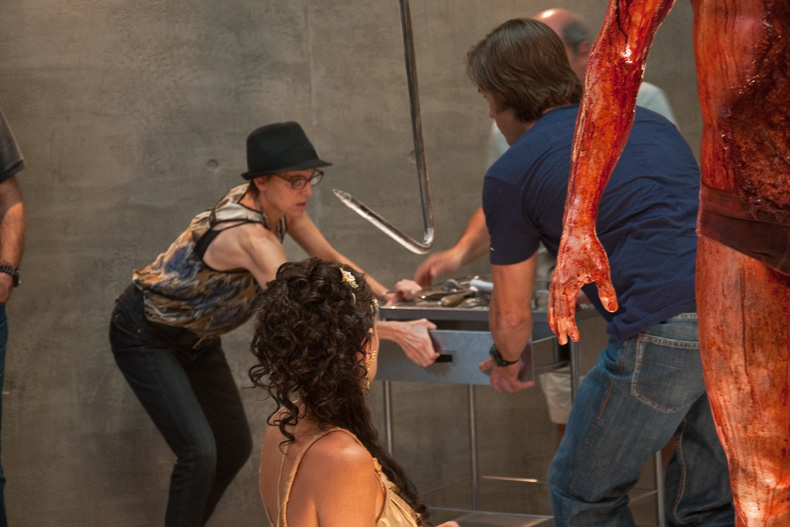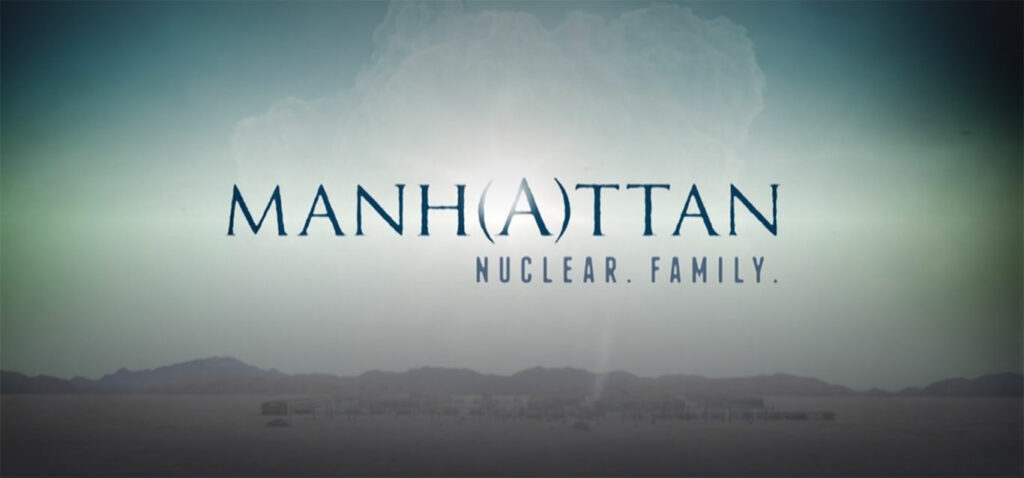Jan’s Blog
A deeper, more intimate look at the characters, research, and history that informs Jan's work
Award-winning filmmaker Jan Eliasberg’s HANNAH’S WAR, for readers of The Nightingale and The Alice Network, a thrilling historical debut about a female scientist working to develop the first atomic bomb during World War II, and the young military investigator determined to uncover her secret past.
Publication: March 3, 2020
“I flew through Hannah’s War, a gripping true story long overdue to be told, of a brilliant woman physicist working to develop the first atomic bomb and the secret she fights to protect.”
–Martha Hall Kelly (THE LILAC GIRLS; LOST ROSES)
You've reached the maximum amount of entries
Pre-Publication Party
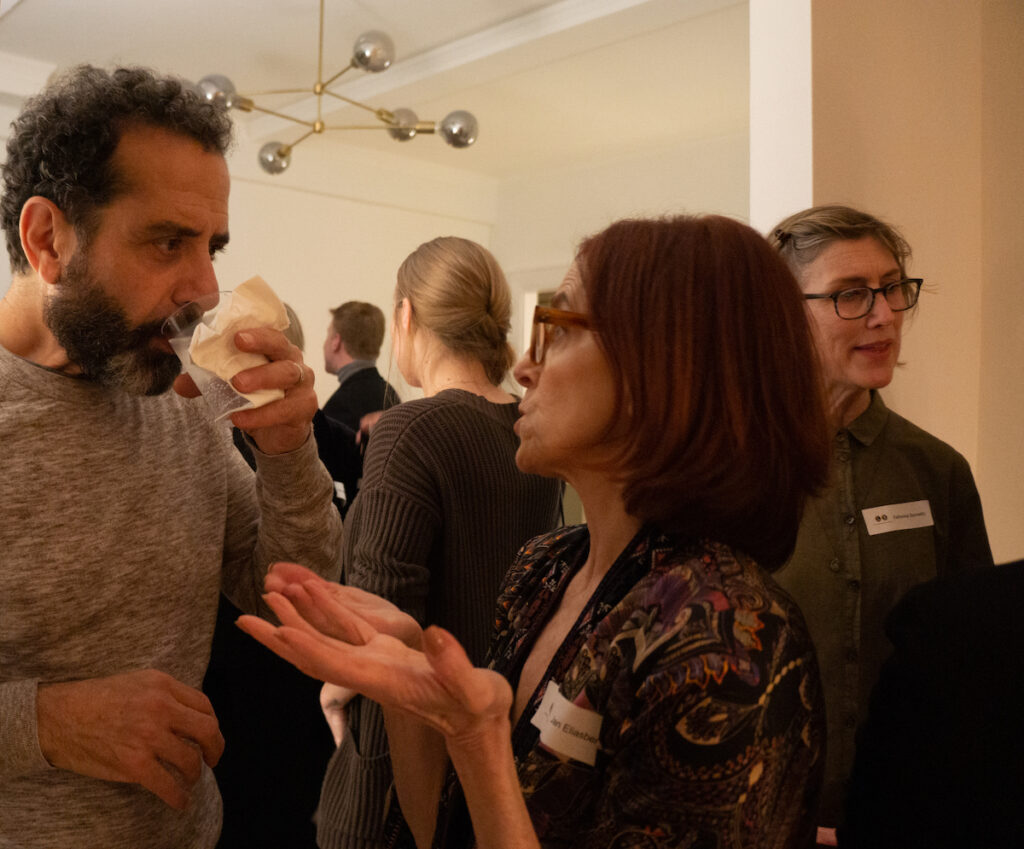
Co-hosts John Turturro, Tony Shalhoub, and Little, Brown introduce Jan Eliasberg, author of Hannah's War at the Pre-Publication party in Manhattan.
-

Tony Shalhoub and Jan Eliasberg -
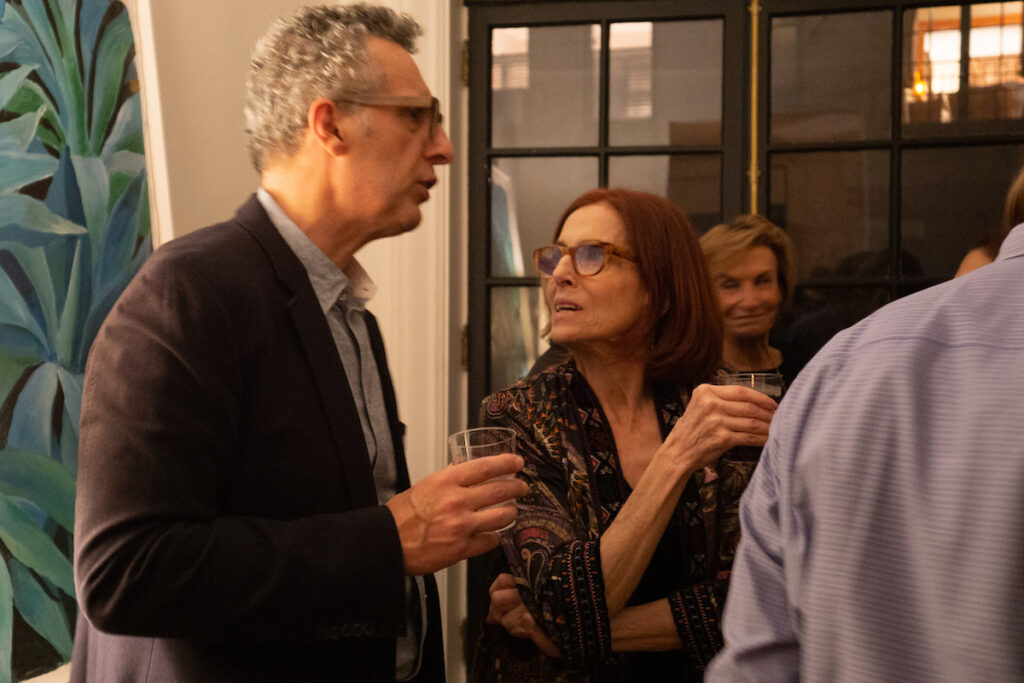
John Turturro and Jan Eliasberg -
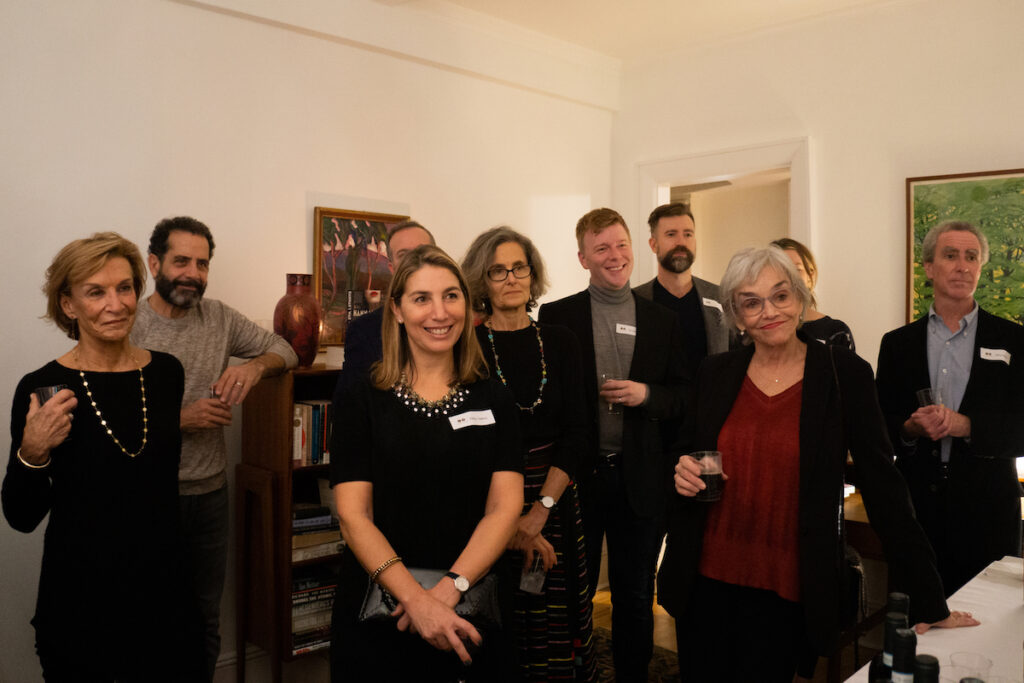
Partygoers -

Jan Eliasberg and Elinor Renfield -
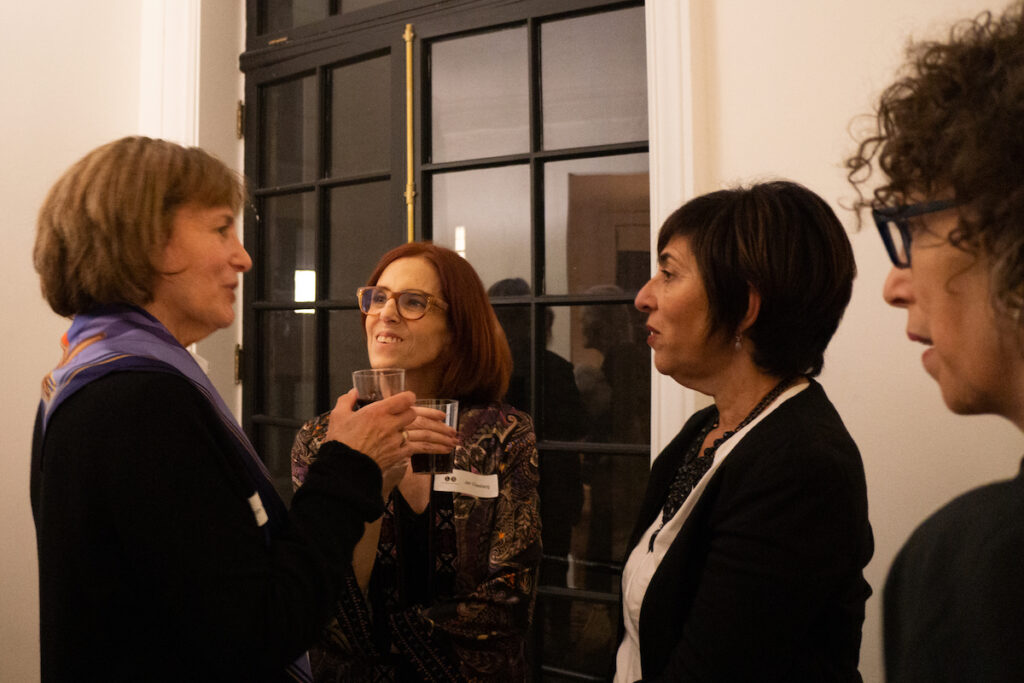
Jane Saunders, Jan Eliasberg, Judy Clain and Jane Weinstock -

Zibby Owens and Tony Shalhoub -
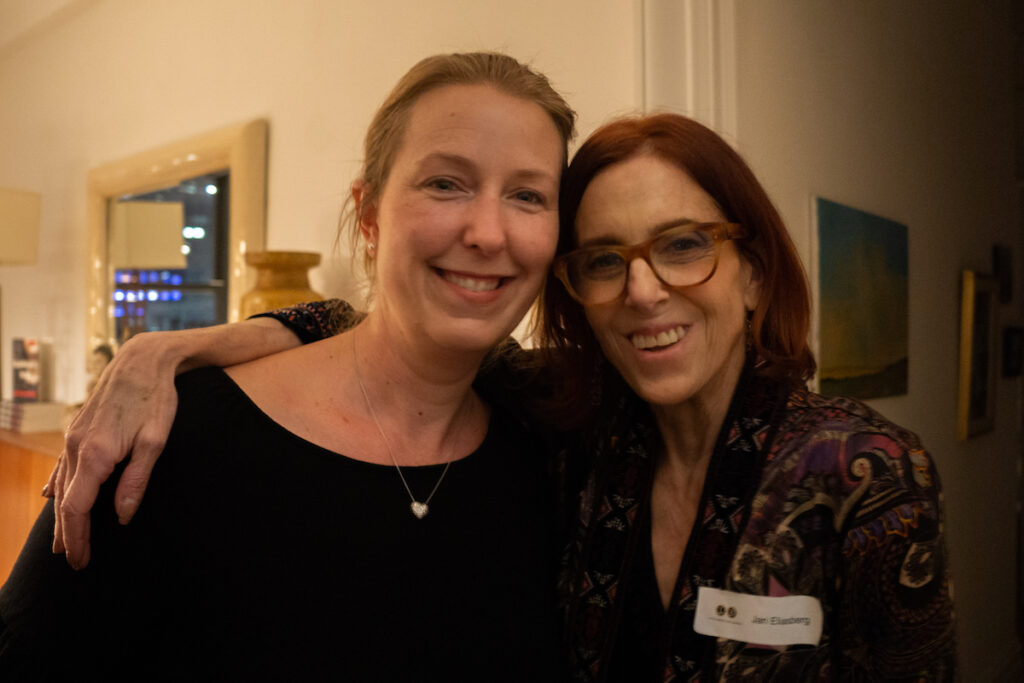
Sara Grace and Jan Eliasberg -
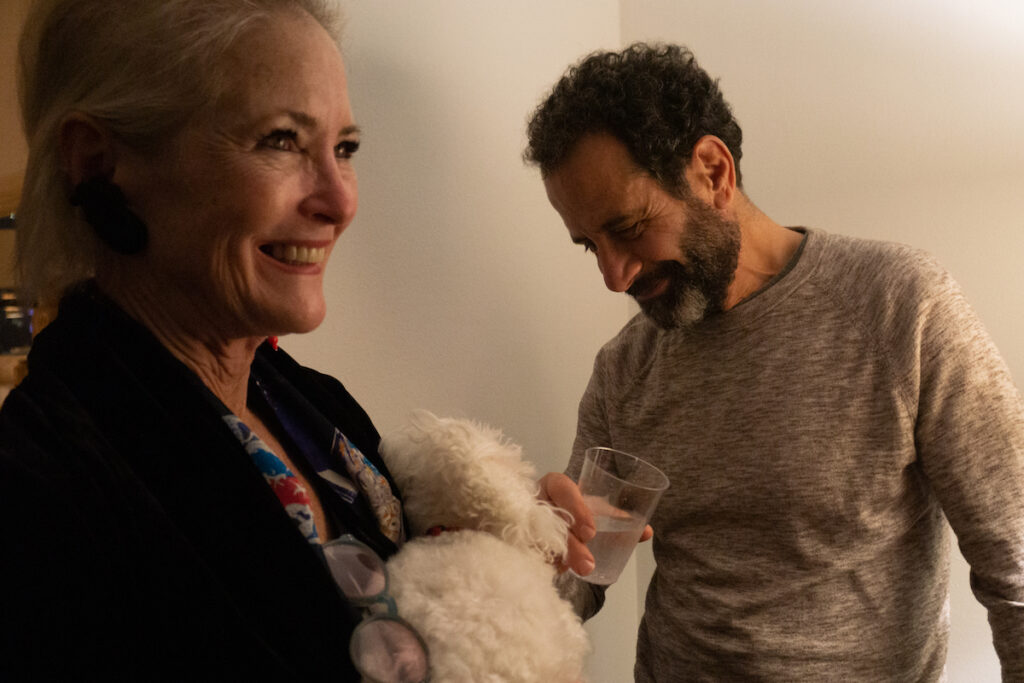
Robin Hubbard and Tony Shalhoub with a friend -
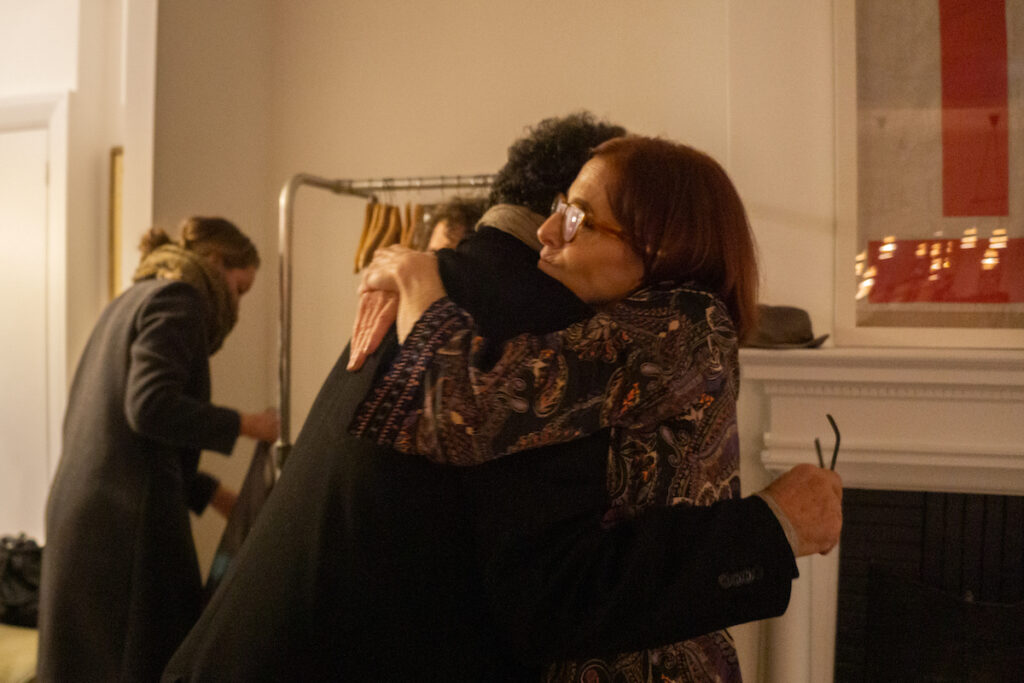
Tony Shalhoub and Jan Eliasberg, a fond farewell
Photos by Hayley Bruck
About Dr. Lise Meitner: Inspiration for Hannah’s War
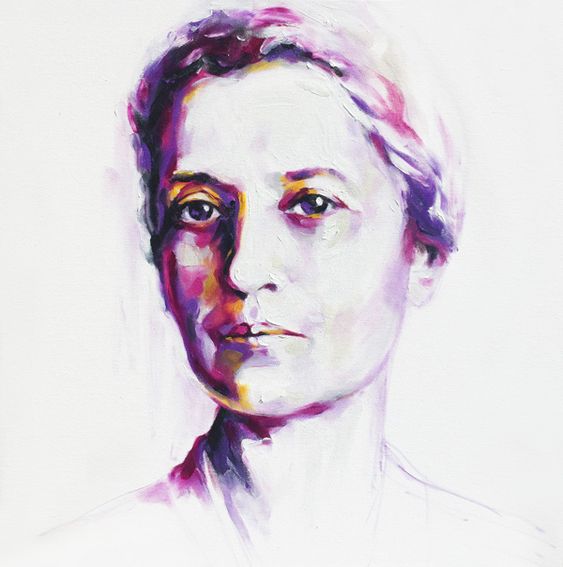
One of the great luxuries of living in New York City is having access to the Public Library’s extraordinary microfilm collection; it was there that I read the issue of the New York Times on the day the Americans dropped the atomic bomb on Hiroshima. In the Times’ summary of the complex and secret history of the Manhattan Project, one paragraph leapt off the page:
I hope Hannah's War will be a beacon for all women, in my daughter’s generation and beyond, to live not only with authenticity and pride, but also with the support and acknowledgement of the wider world.
Jan Eliasberg
“The key component that allowed the Allies to develop the bomb was brought to the Allies by a “female, non-Aryan physicist.’â€
Who was this woman, I wondered, And why isn’t her face staring out of every science textbook?
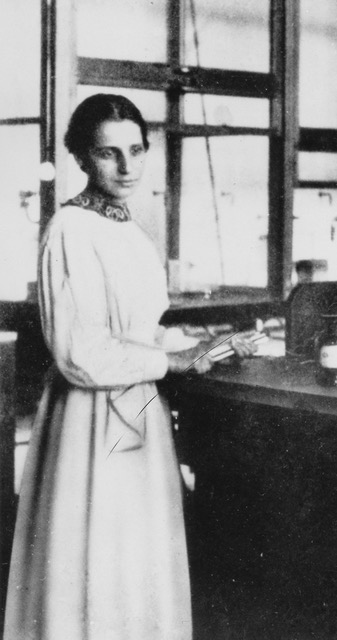
When I read those words I knew I had to tell her story. So began a ten year quest that took me deeply into the history of the atomic bomb, and the physics that propelled it. My mystery woman was Dr. Lise Meitner, an Austrian female scientist, a Jew, working at the highest levels of research at the Kaiser Wilhelm Institute in Berlin. I tore through her diaries and letters and discovered that she and her partner, Otto Hahn, were on the verge of splitting the atom when Austria was annexed. Meitner’s privileged position, and all the protections her colleagues had promised, evaporated within six terrifying hours, as she fled Berlin within minutes of being captured and sent to the camps.
Otto Hahn, who remained in Berlin, was so dependent on Meitner that he continued to collaborate with her, even after she’d fled to Sweden. He sent her the results of their experiments on postcards via courier. It was Meitner not Hahn, who analyzed the results and discovered that they had split the atom. Because she was Jewish, the papers published in Germany did not have her name on them; if they had borne her name they would immediately have been discredited as “Jewish Physics.†It wasn’t altogether surprising to find that rabid Anti-Semitism in Germany had prevented Meitner from getting the credit she had earned.
It was surprising (although, in light of what we now know about scientists like Rosalind Franklin, or mathematicians like Katherine Johnson, perhaps it shouldn’t have been) to discover that sexism also accounted for Meitner’s erasure from history. After the war, when Hahn was awarded the Nobel Prize for the discovery of nuclear fission, he conveniently left the record uncorrected, robbing Meitner of the Nobel Prize she rightfully deserved. Hahn rationalized her exclusion and others, including a misogynist Nobel committee, buried her role ever deeper. The Nobel "mistake," was never acknowledged, much less rectified.
What I found as remarkable as Meitner’s genius was the strength of her moral compass. She cared little about ego and credit; she pursued her passion for physics because she loved nothing better, and because she understood that she had a gift she couldn’t squander. She was, in fact, quite ambivalent about her role in the scientific breakthrough that lead to the atomic bomb, as her own words reveal:
“Those blessed with a brilliant mind and a gift for science have a higher duty that comes before discovery, a duty to humanity. Science can be used for good or evil; so it’s incumbent upon scientists to ensure that their work makes the world a better place.â€
I wrote Hannah's War in part to show my daughter and her peers that history is filled with remarkable women of towering achievement and of deep humanism; we need only look beyond the authorized texts to see them. I wrote to shine a light on one of these women, and I hope Hannah's War will be a beacon for all women, in my daughter’s generation and beyond, to live not only with authenticity and pride, but also with the support and acknowledgement of the wider world.
- Illustration by Zsuzsa Szvath. See more of Zsuzsa Szvath paintings on Instagram
- 1
- 2
July 16th Trinity Test Birthday: New Content for Book Clubs
July 16th will mark the 75th anniversary of the first atomic test, known as Trinity. The day is rightly known as the day the world changed forever, entering into the “nuclear age.”
DR. LISE MEITNER: THE MYSTERY OF THE DISAPPEARING PHYSICIST
In the August 7, 1945 issue of the New York Times under the headline: FIRST ATOMIC BOMB DROPPED ON JAPAN; TRUMAN WARNS FOE OF A ‘RAIN OF RUIN,’” an article traces the simultaneously terrifying and wondrous development of the atomic bomb, its scientific history, and the race between the Allies and the Germans to attain the ultimate weapon. Somewhere under the fold, buried in a dense paragraph, this sentence appears: “The key component that allowed the Allies to develop the bomb was brought to the Allies by a female, ‘non-Aryan’ physicist.” Who was this woman?
Q&A With Jan Eliasberg on her Research for Hannah’s War
Jan answers some questions to reveal the fascinating historical background to her novel Hannah’s War.
Entranced by Research: Hannah’s War is not a Simple Biopic
Ruth Lewin Sime’s ground-breaking non-fiction book Lise Meitner: A Life in Physics, along with Meitner’s Letters and Diaries, were the building blocks for Hannah Weiss’s story.
